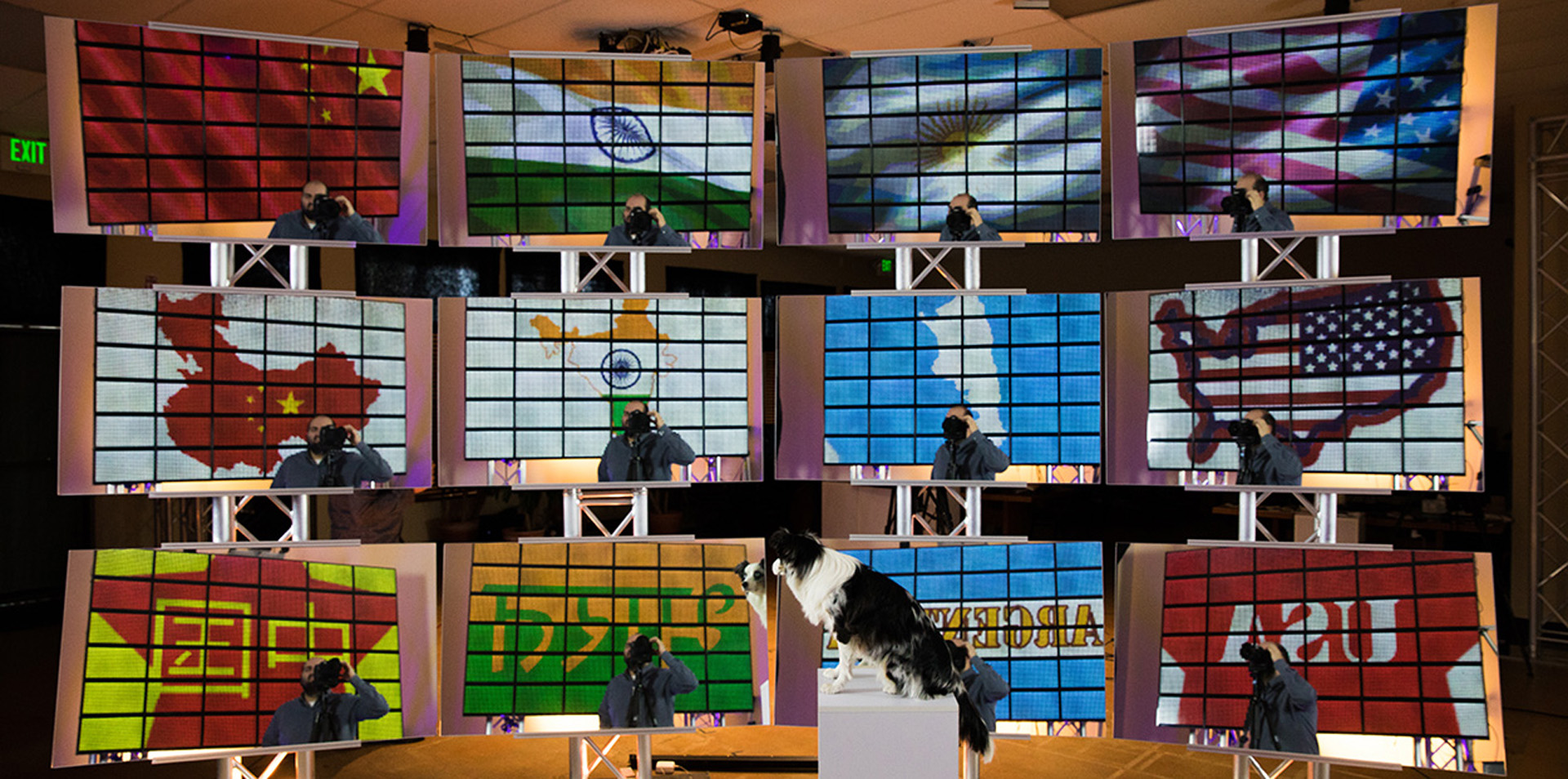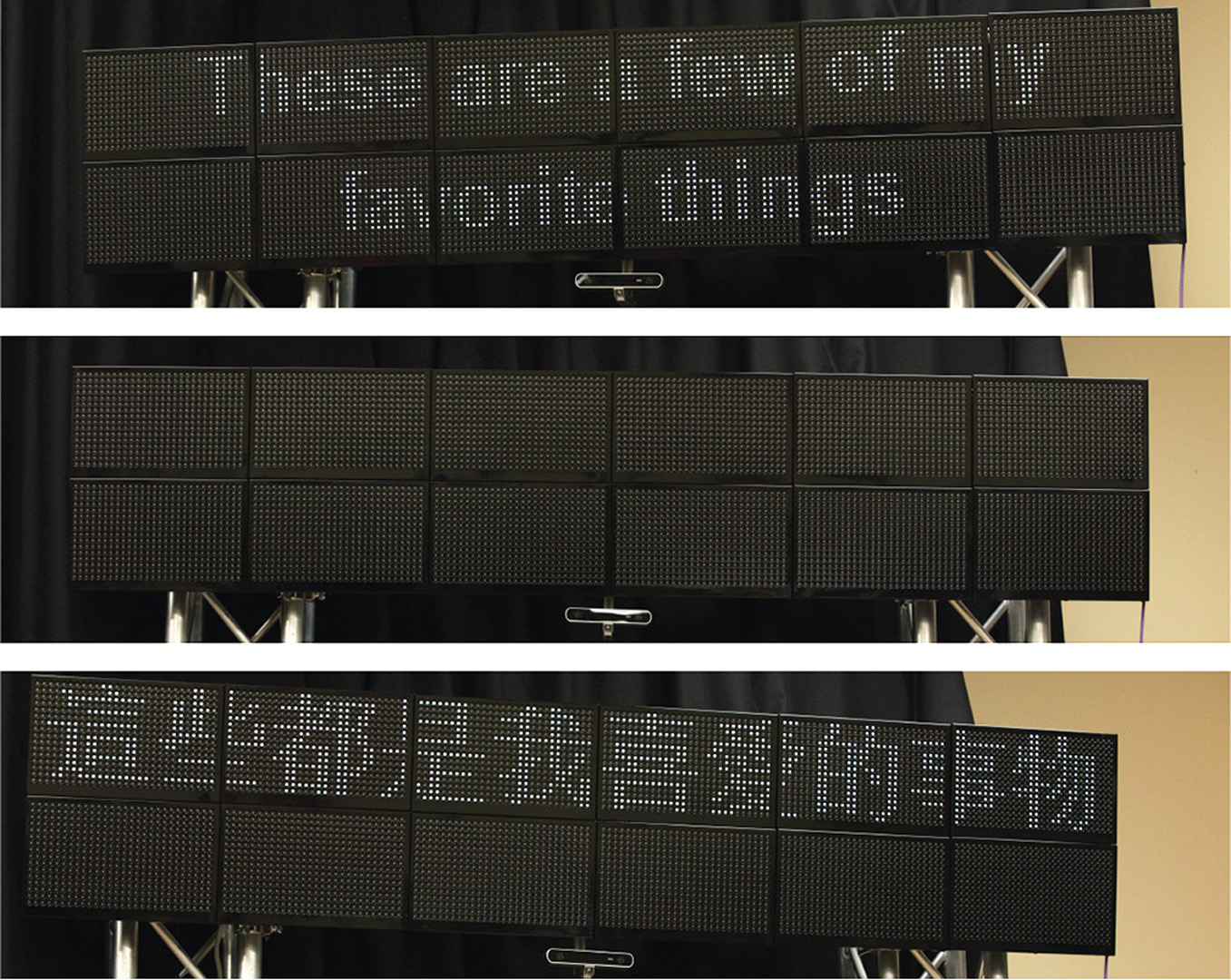“Adaptive Environments with PARALLEL REALITYTM Displays” by Dietz and Lathrop
Conference:
Interest Area:
- Gaming & Interactive, New Technologies, and Adaptive Technology
Entry Number: 34
Title:
- Adaptive Environments with PARALLEL REALITYTM Displays
Session/Category Title: Kaleidoscope Eyes - Displays and Tricks
Presenter(s)/Author(s):
Abstract:
It is challenging to provide signage for the individual needs of each person in crowded, public spaces. Having too many signs leads to a cluttered environment, while having too few signs can fail to provide needed information to individuals. Personal display devices, such as smart phones and AR glasses can provide adaptive content, but they require each user to have a compatible device with them, turned on, and running appropriate software. PARALLEL REALITY™ displays are a new type of shared, public display that can simultaneously target personalized content to each viewer, without special glasses. In this way, adaptation becomes a feature of a venue that is available to all without encumbrances. Examples include adaptation based on language needs, visual acuity and relative location of the display.
References:
Paul H. Dietz. 2017. My World: Keynote Talk. In Proceedings of the 2017 ACM Interna tional Symposium on Wearable Computers (ISWC ?17). ACM, New York, NY, USA, 1?1. https://doi.org/10.1145/3123021.3134350
Paul H. Dietz. 2018. TUX: Toronto User Experience Speaker Series: Paul Dietz: Parallel Reality Displays. Retrieved February 6, 2019 from https://www.youtube.com/ watch?v=p1b3wEsFlCY
ISO. 2012. ISO 3864-3:2012 Graphical symbols – Safety colours and safety signs – Part 3: Design principles for graphical symbols for use in safety signs. Retrieved February 6, 2019 from https://www.iso.org/obp/ui/#iso:std:iso:3864:-3:ed-2:v2:en







